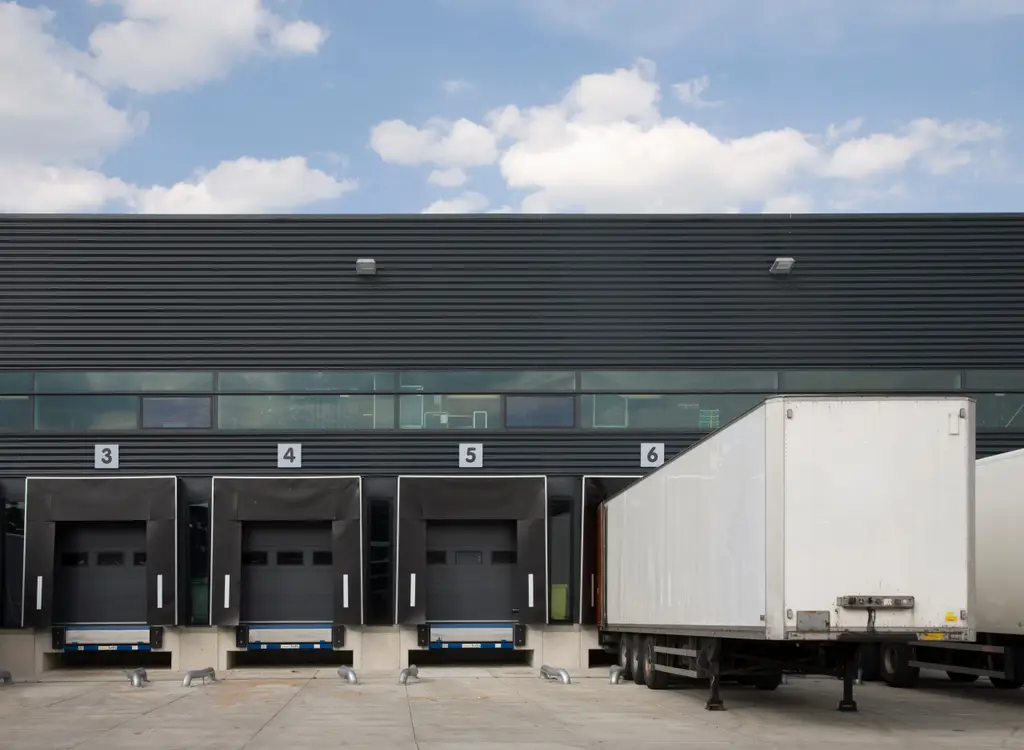Safety in the loading bay is one of the most important issues for logistics companies.
The loading bay is an essential component of many industrial and commercial facilities, serving as a hub for the movement of goods between trucks and warehouses or storage areas.
However, loading bays can also be a source of potential hazards and safety concerns. According to ISHN, it is estimated that loading bays account for 25% of all industrial accidents. As EHS, operation, and logistic managers, it is your responsibility to ensure the safety of your employees, equipment, and products.
Here are some tips for maintaining a safe loading bay environment.
1. Establish and enforce clear safety policies and procedures
Trailer restraints, such as the Salvo Loading Bay Safety System, are an effective way to safeguard trucks against accidentally pulling away from the bay. The Salvo system uses a unique sequential process that confirms that the trailer is properly positioned and locked in place, providing an added layer of safety and security.
2. Keep the loading bay area clean and well – maintained
Regularly inspect and maintain loading bay equipment, such as dock levelers, doors, and bumpers. Keep the area free from debris and obstacles that could cause tripping or falling hazards. Proper lighting and ventilation are also important for maintaining a safe and productive work environment.
3. Ensure that all vehicles and equipment are properly secured and immobilised during loading and unloading
Trailer restraints, such as the Salvo Loading Bay Safety System, are an effective way to safeguard trucks against accidentally pulling away from the bay. The Salvo system uses a unique sequential process that confirms that the trailer is properly positioned and locked in place, providing an added layer of safety and security.
4. Be aware of potential hazards associated with loading and unloading
For example, employees should avoid standing between a truck and the bay during loading and unloading, as this can result in serious injury or death if the truck suddenly moves. Employees should also be trained to recognise and respond to other potential hazards, such as unstable loads, spills or leaks, or hazardous materials.
5. Ensure that all equipment and tools used in the loading bay area are properly maintained and used
This includes forklifts, pallet jacks, and other material handling equipment. Regular inspections and maintenance, as well as proper operator training and certification, are essential for safe and effective use of these tools.
6. Establish a culture of safety and accountability in your organisation
Encourage employees to report any safety concerns or near-misses and take swift action to address any issues that arise. Recognise and reward employees who demonstrate a commitment to safety and follow established procedures.
Conclusion
In conclusion, maintaining a safe loading bay environment is essential for the health and well-being of employees and the success of your organisation. By establishing clear policies and procedures, maintaining equipment and facilities, using proper restraints, and promoting a culture of safety and accountability, you can help ensure that your loading bay operations are safe and productive.
